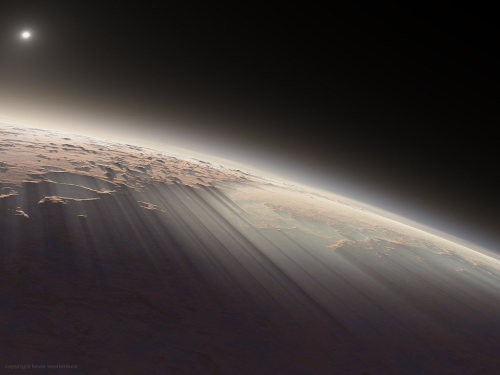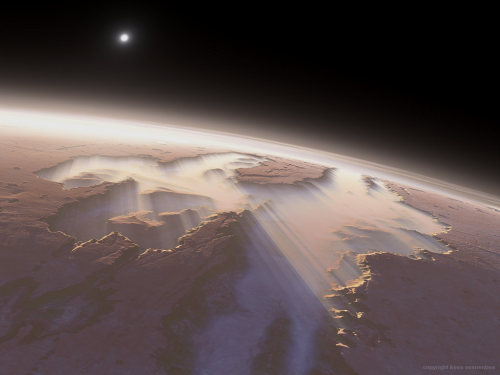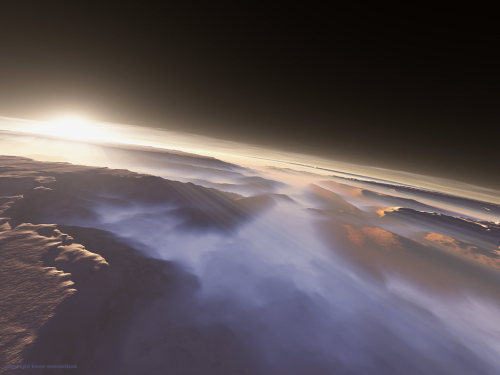Space, Guys… SPACE!!!!




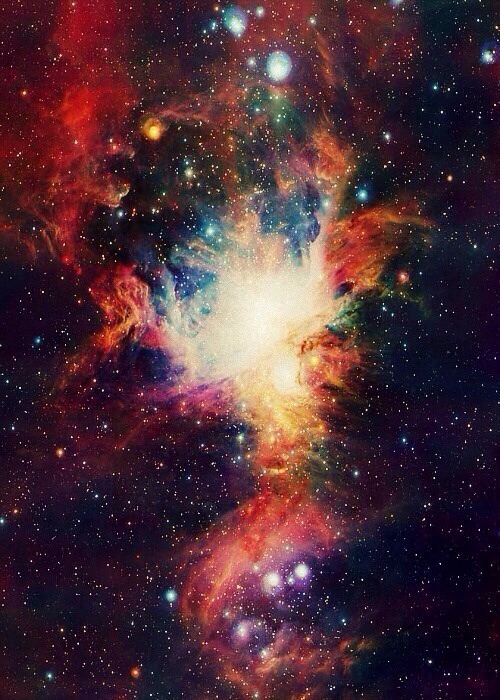


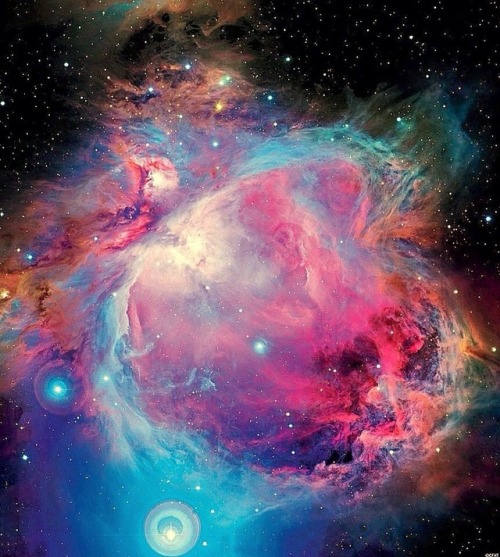


Space, guys… SPACE!!!!
More Posts from Outofambit and Others
Available now for free download: "Herself"

Since tomorrow's the start of the Irish national holiday weekend with what many Irish people will refer to as The Day That's In It, this urban fantasy novella is for the next few days free for download from the Ebooks Direct store!
Set mostly in the Dublin of 2004, it contains Irish mythology, abused civic statuary, famous cemeteries, celebrated dead people, the much-mourned sushi place behind the Brown Thomas department store, seriously cranky deities, and the mysterious serial murders of numerous Fair Folk.
…By the way, though this isn't a Young Wizards work, it's set in the same universe. One scene unfolds in a space that'll be familiar to YW readers as "[the pub] where the wizards drink".
Interested?
Just head over here, shove a copy in the cart, and go through the checkout process. You won't be charged.
...And one other thing! Some of you will have seen our "Get Our Whole Store For $44!" offers, and for one reason or another haven't been able to avail yourself of them. Well, starting right now, our Tumblr folk have got another chance! (Ahead of everybody else, as the sale's not being announced to the general public on other platforms until midnight US/EST.) ...And you can even see the animated promo before everybody else! (Go on, try not to jig. I dare you.)
Details about how to get the "I Want Everything You've Got" package are over here:
Please note that if you get the Whole Store package, you won't need to download Herself separately: it's part of the package.
The usual frustrated note for our British friends: unfortunately we can't sell to you. It's a Brexit thing. Info about that is here. As always, our apologies.
And now for the jiggy bit!
The Powers went ‘Dairine’s kinda annoying, we’ll make her deal with someone annoying so they’ll get on each other’s nerves’ and it worked for about a week before she and Roshaun teamed up so they could get on the nerves of the rest of the known and unknown universe instead.
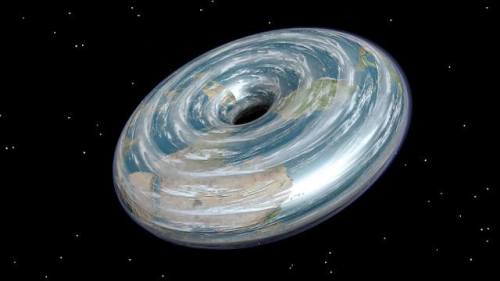
According to the laws of physics, a planet in the shape of a doughnut (toroid) could exist. Physicist Anders Sandberg says that such planets would have very short nights and days, an arid outer equator, twilight polar regions, moons in strange orbits and regions with very different gravity and seasons.
Read more: http://bit.ly/1kPLXGT via io9
“Every atom in your body came from a star that exploded. And, the atoms in your left hand probably came from a different star than your right hand. It really is the most poetic thing I know about physics: You are all stardust. You couldn’t be here if stars hadn’t exploded, because the elements - the carbon, nitrogen, oxygen, iron, all the things that matter for evolution and for life - weren’t created at the beginning of time. They were created in the nuclear furnaces of stars, and the only way for them to get into your body is if those stars were kind enough to explode. So, forget Jesus. The stars died so that you could be here today.”
Lawrence M. Krauss (via thorosofmyr)
Young Wizards is my favorite book series because where else are you going to find a book where a twelve year old, an alien elf prince, a talking tree, and a crystal centipede all get together to do surgery on the sun.
Do you think the Powers that be would ever offer Carmela the Oath even though she’s past latency?
I have to say that I don't see it as something the Powers would do, or indeed, need to do.
Some people, I think, are potentially far more effective without wizardry than with it. We are after all dealing here with a young woman who once shot the Lone Power point-blank (and snickered and said "Oops!" afterwards), and who stopped a violent alien insurrection with a block of Valrhona chocolate.
What we have to remember is that, in its way, wizardry's a bit of a kludge. If everything was working as originally intended, it wouldn't have been needed. But then the Lone One came up with that new and interesting concept It added to the worlds, and since the aftermath, all the greater Pleroma's code has needed constant tweaking. (eyeroll) After all, the addition of wizardry to the equation inevitably costs more energy... and the whole concept of things since the Lone Power's annoying addition of entropy has required saving energy. It's a pain to maintain the balance.
Doubtless there are some of the Powers—most likely the ur-demiurge we'd identify with Thoth, this seems like it'd be in Their bailiwick: code is after all language—who sit around tsk-ing at the mess the code's gotten into, and meanwhile side-eyeing with a certain dry satisfaction those creatures creative enough to intervene unusually effectively in the world without needing to have wizardry added on.
My image of the larger meta of this whole situation, therefore, is of the Powers standing around some kind of viewing instrumentality (why do I keep coming back to that pool in Jason and the Argonauts? Who knows) waiting to see what she's going to do next.
...And laying bets. :)
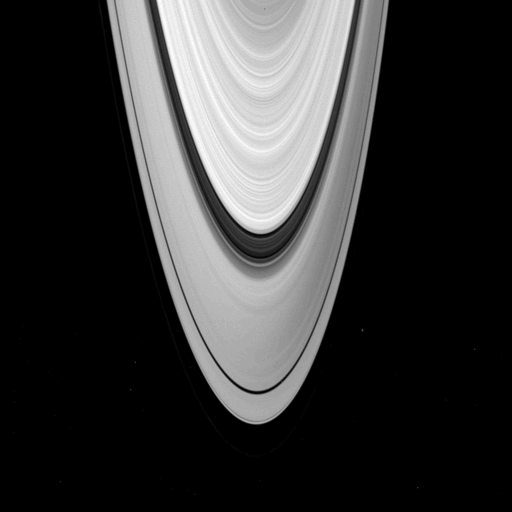
hologram: Saturn’s rings, photographed by Cassini, 18th January 2007.
Images taken as Cassini moves from one side of the ring plane to the other, neatly showing how the rings look in reflected and transmitted light (brighter and darker, respectively).
Image credit: NASA/JPL/SSI. Animation: AgeOfDestruction.

“I wonder how much trouble you get in for busting a worldgate.” // “How can I save her?”
A mix for Kit Rodriguez: Loyalty, Bravery, Empathy incarnate. He will cross time, space, and neighborhoods for those he loves and those he must protect.
Titanium by David Guetta // Sugar, We’re Going Down by Fall Out Boy // The Cave by Mumford and Sons // Shut Up and Dance by Walk the Moon // Boys Are Back in Town by The Hitters // and ten others
Listen (15 tracks, 55 mins)
What Have We Learned About Pluto?
This month (March 2016), in the journal Science, New Horizons scientists have authored the first comprehensive set of papers describing results from last summer’s Pluto system flyby. These detailed papers completely transform our view of Pluto and reveal the former “astronomer’s planet” to be a real world with diverse and active geology, exotic surface chemistry, a complex atmosphere, puzzling interaction with the sun and an intriguing system of small moons.
Here’s a breakdown of what we’ve learned about Pluto:

1. Pluto has been geologically active throughout the past 4 billion years. The age-dating of Pluto’s surface through crater counts has revealed that Pluto has been geologically active throughout the past 4 billion years. Further, the surface of Pluto’s informally-named Sputnik Planum, a massive ice plain larger than Texas, is devoid of any detectable craters and estimated to be geologically young – no more than 10 million years old.

2. Pluto’s moon Charon has been discovered to have an ancient surface. As an example, the great expanse of smooth plains on Charon is likely a vast cryovolcanic flow or flows that erupted onto Charon’s surface about 4 billion years ago. These flows are likely related to the freezing of an internal ocean that globally ruptured Charon’s crust.

3. Pluto’s surface has many types of terrain. The distribution of compositional units on Pluto’s surface – from nitrogen-rich, to methane-rich, to water-rich – has been found to be surprisingly complex, creating puzzles for understanding Pluto’s climate and geologic history. The variations in surface composition on Pluto are unprecedented elsewhere in the outer solar system.

4. Pluto’s atmosphere is colder than we thought. Pluto’s upper atmospheric temperature has been found to be much colder (by about 70 degrees Fahrenheit) than had been thought from Earth-based studies, with important implications for its atmospheric escape rate. Why the atmosphere is colder is a mystery.

5. We know what Pluto’s atmosphere is made of. The New Horizon spacecraft made observations of sunlight passing through Pluto’s atmosphere. We see absorption features that indicate an atmosphere made up of nitrogen (like Earth’s) with methane, acetylene and ethylene as minor constituents.

6. We might have an idea for how Pluto’s haze formed. For first time, a plausible mechanism for forming Pluto’s atmospheric haze layers has been found. This mechanism involves the concentration of haze particles by atmospheric buoyancy waves, created by winds blowing over Pluto’s mountainous topography. Pluto’s haze extends hundreds of kilometers into space, and embedded within it are over 20 very thin, but far brighter, layers.

7. There isn’t much dust around Pluto. Before the flyby, there was concern that a small piece of debris (even the size of a grain of sand) could cause great damage to (or even destroy) the spacecraft. But the Venetia Burney Student Dust Counter (an instrument on the New Horizons spacecraft) only counted a single dust particle within five days of the flyby. This is similar to the density of dust particles in free space in the outer solar system – about 6 particles per cubic mile – showing that the region around Pluto is, in fact, not filled with debris.

8. Pluto’s atmosphere is smaller than we expected. The uppermost region of Pluto’s atmosphere is slowly escaping to space. The hotter the upper atmosphere, the more rapid the gasses escape. The lower the planet’s mass, the lower the gravity, and the faster the atmospheric loss. As molecules escape, they are ionized by solar ultraviolet light. Once ionized, the charged molecules are carried away by the solar wind. As more Pluto-genic material is picked up by the solar wind, the more the solar wind is slowed down and deflected around Pluto. So - the net result is a region (the interaction region), which is like a blunt cone pointed toward the sun, where the escaping ionized gasses interact with the solar wind. The cone extends to a distance about 6 Pluto radii from Pluto toward the sun, but extend behind Pluto at least 400 Pluto radii behind Pluto - like a wake behind the dwarf planet.

9. Pluto’s moons are brighter than we thought. The high albedos (reflectiveness) of Pluto’s small satellites (moons) – about 50 to 80 percent – are entirely different from the much lower reflectiveness of the small bodies in the general Kuiper Belt population, which range from about 5 to 20 percent. This difference lends further support to the idea that these moons were not captured from the general Kuiper Belt population, but instead formed by the collection of material produced in the aftermath of the giant collision that created the entire Pluto satellite system.
Make sure to follow us on Tumblr for your regular dose of space: http://nasa.tumblr.com
-
 shit-fxck-damn reblogged this · 2 weeks ago
shit-fxck-damn reblogged this · 2 weeks ago -
 marblehornets7980 liked this · 3 weeks ago
marblehornets7980 liked this · 3 weeks ago -
 alex70post liked this · 1 month ago
alex70post liked this · 1 month ago -
 itsmetord reblogged this · 1 month ago
itsmetord reblogged this · 1 month ago -
 itsmetord liked this · 1 month ago
itsmetord liked this · 1 month ago -
 nicknova6 liked this · 1 month ago
nicknova6 liked this · 1 month ago -
 fxdx1999 reblogged this · 2 months ago
fxdx1999 reblogged this · 2 months ago -
 fxdx1999 liked this · 2 months ago
fxdx1999 liked this · 2 months ago -
 lofinosaurusrex reblogged this · 3 months ago
lofinosaurusrex reblogged this · 3 months ago -
 unsureprincess reblogged this · 3 months ago
unsureprincess reblogged this · 3 months ago -
 hisroyaldoughness liked this · 3 months ago
hisroyaldoughness liked this · 3 months ago -
 libertyroad reblogged this · 4 months ago
libertyroad reblogged this · 4 months ago -
 a-la-orilla-del-rio reblogged this · 5 months ago
a-la-orilla-del-rio reblogged this · 5 months ago -
 libertyroad liked this · 6 months ago
libertyroad liked this · 6 months ago -
 randomgoaticus liked this · 7 months ago
randomgoaticus liked this · 7 months ago -
 anna35lxh liked this · 7 months ago
anna35lxh liked this · 7 months ago -
 kissthescarsonmyskin3 liked this · 8 months ago
kissthescarsonmyskin3 liked this · 8 months ago -
 skatespeedloverocknroll reblogged this · 8 months ago
skatespeedloverocknroll reblogged this · 8 months ago -
 sodasexual liked this · 9 months ago
sodasexual liked this · 9 months ago -
 nando-13 liked this · 9 months ago
nando-13 liked this · 9 months ago -
 humanityinmotion reblogged this · 10 months ago
humanityinmotion reblogged this · 10 months ago -
 the-letter-horror-lover liked this · 1 year ago
the-letter-horror-lover liked this · 1 year ago -
 magicalcrownbeliever liked this · 1 year ago
magicalcrownbeliever liked this · 1 year ago -
 raindropmusings reblogged this · 1 year ago
raindropmusings reblogged this · 1 year ago -
 stars-brownies-n-metaphors liked this · 1 year ago
stars-brownies-n-metaphors liked this · 1 year ago -
 herstarlight reblogged this · 1 year ago
herstarlight reblogged this · 1 year ago -
 fowlershow liked this · 1 year ago
fowlershow liked this · 1 year ago -
 ressoftversnisti liked this · 1 year ago
ressoftversnisti liked this · 1 year ago -
 sir-interesting-shockleton reblogged this · 1 year ago
sir-interesting-shockleton reblogged this · 1 year ago -
 purple-epiphany reblogged this · 1 year ago
purple-epiphany reblogged this · 1 year ago -
 miszjetsetterrr-blog liked this · 1 year ago
miszjetsetterrr-blog liked this · 1 year ago -
 siltchampareno liked this · 1 year ago
siltchampareno liked this · 1 year ago -
 allys0nw0nderland liked this · 1 year ago
allys0nw0nderland liked this · 1 year ago -
 krackdashian reblogged this · 1 year ago
krackdashian reblogged this · 1 year ago -
 herstarlight liked this · 1 year ago
herstarlight liked this · 1 year ago -
 watcherscrown liked this · 1 year ago
watcherscrown liked this · 1 year ago -
 sir-interesting-shockleton liked this · 1 year ago
sir-interesting-shockleton liked this · 1 year ago -
 tc--and--co liked this · 1 year ago
tc--and--co liked this · 1 year ago
A personal temporospatial claudication for Young Wizards fandom-related posts and general space nonsense.
288 posts

